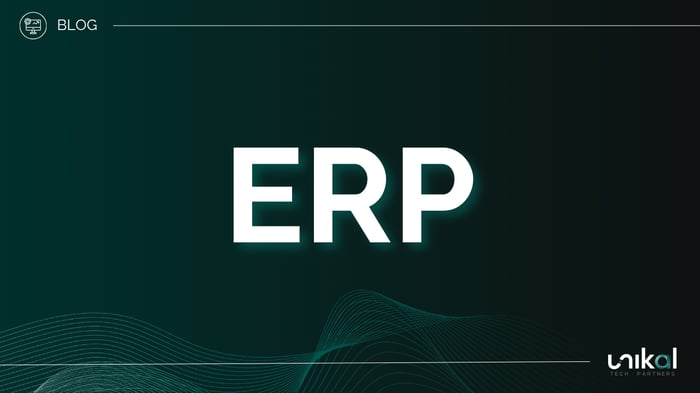Discover the fundamental differences between finite capacity and infinite capacity within the JDE (EnterpriseOne) production module.
Comparing the two approaches will provide a clearer understanding of how resources are managed and operations are scheduled in the system.

Through this exploration, you will be able to appreciate the advantages and limitations of each method, allowing you to make informed decisions on which one best suits your business needs and production demands.
MRP (Material Resources Planning)
MRP (Material Resources Planning) is a system used in production planning that helps manage the resources needed to meet production requirements.
MRP takes into account to generate an efficient production plan:
- Product demand
- Inventory levels
- Available production capacity
This system is essential for production capacity management, as it takes into account the different lead times:
- Manufacturing time of the parts of the final product
- Manufacturing time
- Transfer time between different warehouses if any.
- Reception time of the purchased items, from the purchase order request to their receipt at the factory.
- Coverage and security times
- Delivery time to the final customer
Which are necessary in each of the steps to give us a complete picture from the first step of the process to the delivery to the customer, and thus satisfy the demand and avoid bottlenecks.
Advantages of Finite Capacity in Production Planning
- Allows for more accurate and realistic production planning, as it takes into account resource constraints.
- Helps to avoid overproduction and underutilization of resources, thus optimizing production efficiency.
- Facilitates the detection of bottlenecks and the resolution of capacity problems.
- Enables better lead time management by considering available capacity when scheduling production.
- Improves decision making by providing accurate information on available production capacity.
Implementing finite capacity in JDE (JD Edwards) involves configuring the system to consider resource and capacity constraints during production planning.
This involves defining available resources, such as labor, machines, and materials, and setting maximum capacities for each.
Once configured, the JDE system uses the finite capacity to generate a production plan that meets demand requirements and available resources.
Advantages of Infinite Capacity in JDE
- Allows for quick and easy production planning, since resource constraints are not taken into account.
- Facilitates long-term production scheduling without having to consider the capacity available at any given time.
- It is useful when working with virtually unlimited resources or when production capacity is not a critical factor.
- It can be used for preliminary planning or estimating, without the need for precise details on available resources.
Finite capacity VS Infinite capacity
The materials planning process, operating under the assumption of infinite production capacity, faces potential limitations when we consider aspects such as the number of available work centers, the number of personnel per work center, production hours, machinery efficiency and capacity, work shifts, and other factors such as maintenance and sequencing of operations.
By integrating these indicators with a capacity plan, lead times become more relevant as they reflect not only the ability to meet demand but also the company's actual capacity to carry out the necessary operations within a given timeframe, considering specific resources and constraints.
- Finite capacity, which considers resource constraints, allows for more accurate and realistic planning by optimizing resource utilization and avoiding bottlenecks.
- On the other hand, infinite capacity, by not considering these constraints, facilitates rapid planning, but may result in overproduction or underutilization of resources.
The choice between finite and infinite capacity depends on the needs and characteristics of each company, recognizing that each approach has its advantages and disadvantages in terms of accuracy, efficiency, and adaptability to specific production conditions.
Resource planning in JDE
Resource planning in JDE can be performed through different systems and approaches to help us manage capacity issues:
- Resource Requirements Planning (RRP) is a system that helps determine the resources needed to meet production requirements.It offers a long-term strategic vision, anticipating capacity problems based on forecasts.
- Capacity Planning (CRP-RCCP) provides a short- and medium-term operational view, linking actual orders and current resources. Capacity Requirements Planning (CRP) detects bottlenecks and plans the capacity required to meet demand, while Rough Cut Capacity Planning (RCCP) identifies long-term capacity problems on a preliminary basis.
These systems and approaches can be used in conjunction with finite or infinite capacity, depending on the objectives and planning needs of each company.